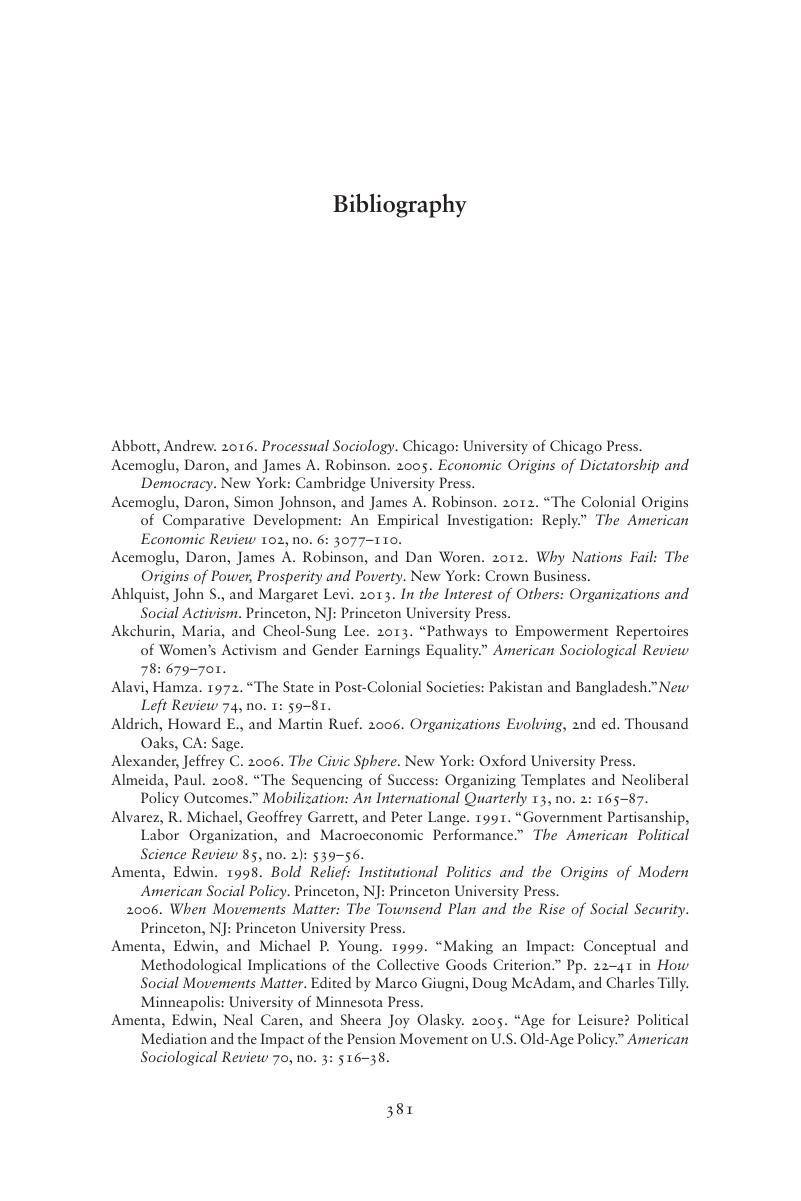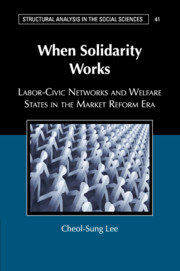Bibliography
Published online by Cambridge University Press: 03 November 2016
Summary

- Type
- Chapter
- Information
- When Solidarity WorksLabor-Civic Networks and Welfare States in the Market Reform Era, pp. 381 - 400Publisher: Cambridge University PressPrint publication year: 2016



